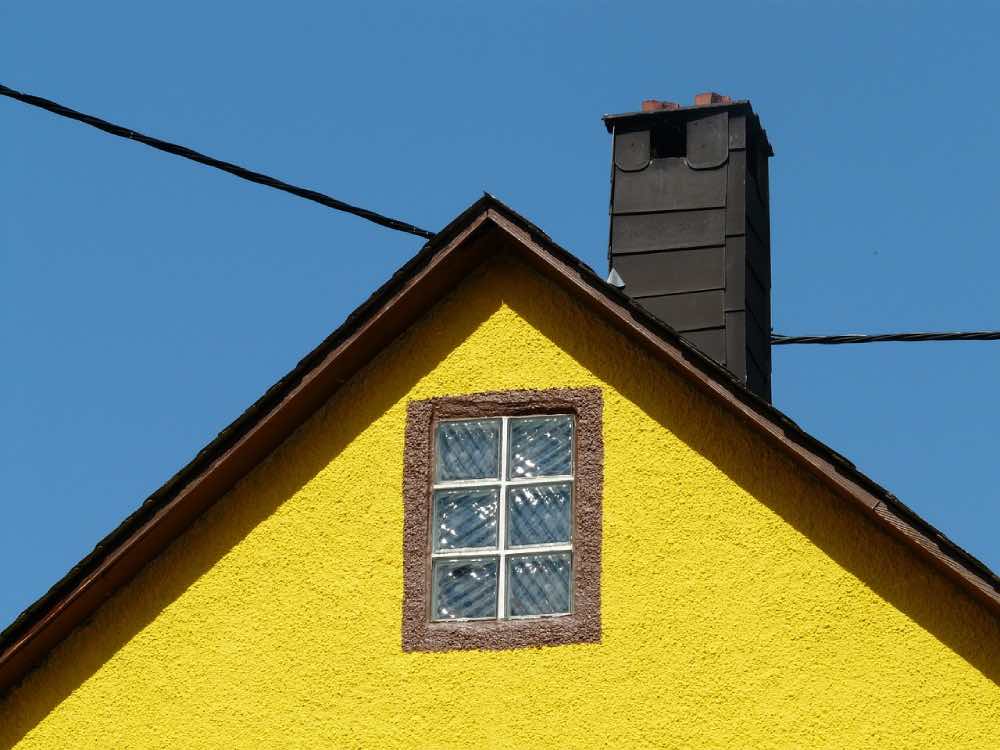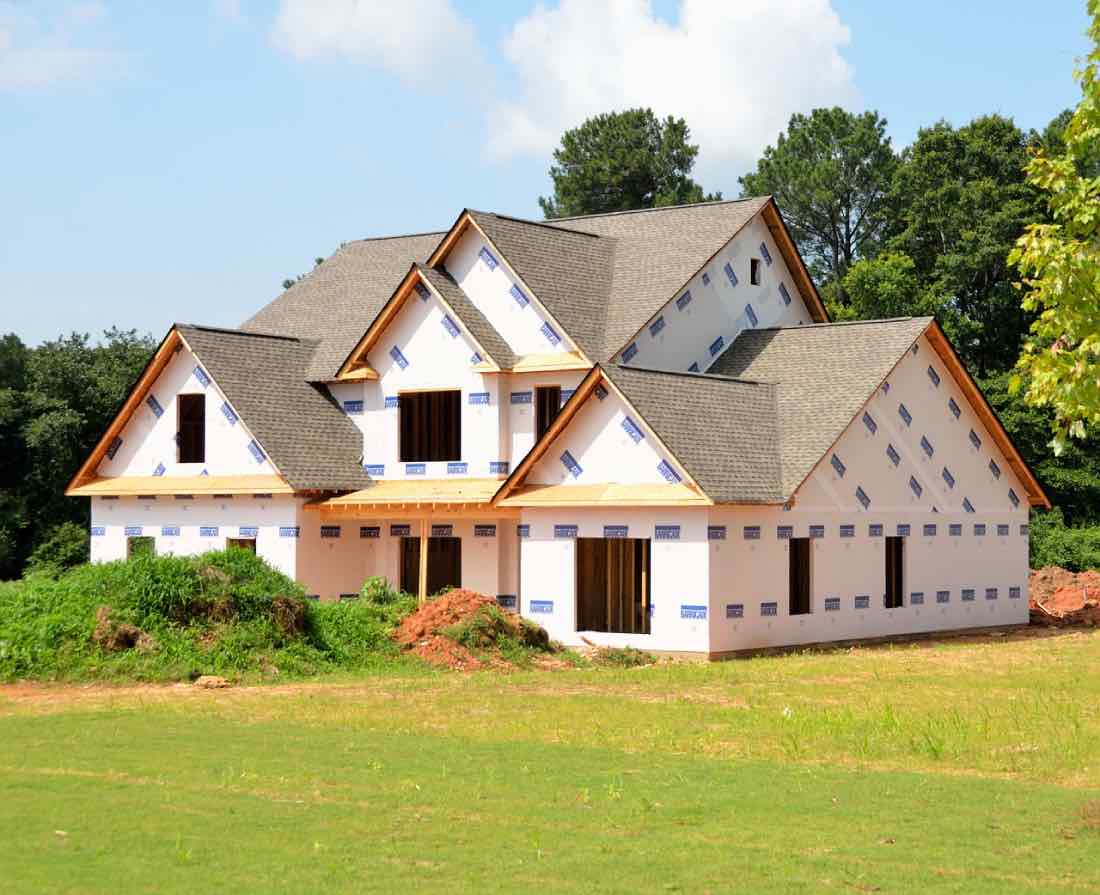In the world of construction, the type of roof you choose plays a vital role in the overall design and functionality of your house. Among the many styles available, gable vs hip roofs are the most prevalent in architectural designs across the U.S.
If you’re planning to build or renovate a home, understanding their unique characteristics, pros, and cons can aid in making an informed decision. In this extensive guide, we’ll delve into the gable or hip roof discussion, providing insights to help you select the best option for your home.
Understanding Roof Types
Roofs are more than just protective covers for a house; they significantly impact the aesthetic appeal, ventilation, insulation, and durability of the building. The two main contenders in the roofing arena, gable and hip roofs, each bring a unique combination of benefits and challenges.
In the following sections, we’ll examine these roof types, their variations, and how they compare in various aspects.
Hip Roof

A hip roof, also known as a hipped roof, is characterized by a design where all four sides slope downwards towards the walls of the house, meeting at the top to form a ridge or hip.
This design has been a popular choice in the U.S. since the early 1700s and continues to be favored due to its stability and aesthetic consistency.
Hip Roof Variations
While the basic design remains the same, hip roofs can present in several variations, including:
- Mansard
- Cross-hipped
- Hip-and-valley
- Bonnet
- Pyramidal
These variants add diversity to the hip roof design, allowing architects to integrate them into different house styles seamlessly.
Hip Roof Advantages
Choosing a hip roof for your home comes with several perks:
- Eave Consistency: The uniform look provided by hip roofs can enhance the curb appeal of your home.
- Stability: Their inward slope on all sides and self-bracing design make hip roofs more stable and durable than gable roofs.
- Ideal for Lower Slopes: Hip roofs can be an effective solution for houses with lower roof slopes.
Hip Roof Disadvantages
Despite their many advantages, hip roofs come with some drawbacks:
- Cost: The complexity of their design requires more materials and skilled labor, making them more expensive than gable roofs.
- Limited Attic Space: The inward slope of all sides reduces potential attic space.
- Potential for Leaks: Incorrect installation of a hip roof can increase susceptibility to water intrusion around the seams and dormers.
Gable Roof

In contrast to the hip roof, a gable roof, sometimes referred to as a pitched or peaked roof, consists of two triangle-shaped slopes that extend from the eaves of the roof to the ridge’s peak.
Recognizable by the presence of gables – the triangular wall sections where the two roof slopes intersect – this roof type is the most common in the United States.
Gable Roof Variations
Like hip roofs, gable roofs also come in several variations:
- Cross-gabled
- Boxed
- Open
- Dutch Gable
- Jerkinhead
These variants provide flexibility in design, allowing them to be incorporated into various architectural styles.
Gable Roof Advantages
Choosing a gable roof brings several benefits:
- Cost-Effective: Their simple design requires less material, time, and skill to install, making them more affordable than hip roofs.
- Efficient Water Drainage: Gable roofs excel at shedding water, snow, and debris, extending their lifespan.
- Ample Attic Space: Gable roofs provide more attic space, offering room for storage and better air ventilation.
Gable Roof Disadvantages
Despite their popularity, gable roofs have some disadvantages:
- Simple Design: While their simplicity can be attractive, gable roofs may lack the curb appeal of the more complex hip roof design.
- Less Durability: Gable roofs are less durable than hip roofs, especially in areas frequently experiencing high winds or heavy snow.
Gable vs Hip Roof: Key Comparisons
When comparing gable vs hip roofs, several factors come into play. The following sections delve into these aspects, offering a comprehensive comparison to aid in your decision-making process.
Appearance
The appearance of gable and hip roofs differs significantly. Gable roofs display a simple, triangular shape, while hip roofs, with their sloping on all sides, offer a sleeker, more consistent look.
Wind Resistance
In terms of wind resistance, hip roofs generally fare better due to their aerodynamic design. In contrast, gable roofs can face challenges with high winds, particularly if the wind blows against a gable rather than the roof’s slope.
Durability
Hip roofs are usually more durable than gable roofs due to their multi-sided sloping and lateral bracing. Gable roofs, on the other hand, have less potential for uplift and are more vulnerable to damage in high winds.
Maintenance
Hip roofs, with their additional seams and use of more roofing materials, generally require more maintenance than gable roofs.
Cost
Hip roofs are typically more expensive due to their complex design and the need for more roofing materials. On the other hand, gable roofs are more affordable, making them an attractive option for budget-conscious homeowners.
Environmental Impact
Both roof types have their environmental pros and cons. For instance, hip roofs contain less “dead” attic space that needs insulation, while gable roofs use fewer roofing materials.
Resale Value
While there’s no definitive evidence to suggest that one roof type significantly influences resale value over the other, some homebuyers may prefer the aesthetic look of hip roofs.
Gable vs Hip Roof – No Clear Winner
Deciding between a gable and hip roof ultimately depends on your personal preferences, budget, and the specific needs of your home. While gable roofs offer cost-effectiveness and more attic space, hip roofs provide superior stability and a consistent look.
Always consult with a professional roofing contractor before making a final decision. They can provide expert guidance on the best roof type for your home based on your region’s climate, your home’s architectural style, and your specific needs.
Remember, whether you opt for a gable vs hip roof, the most crucial factor is the quality of installation. Proper installation by experienced professionals will ensure the longevity and performance of your roof, protecting your home and its inhabitants for years to come.
